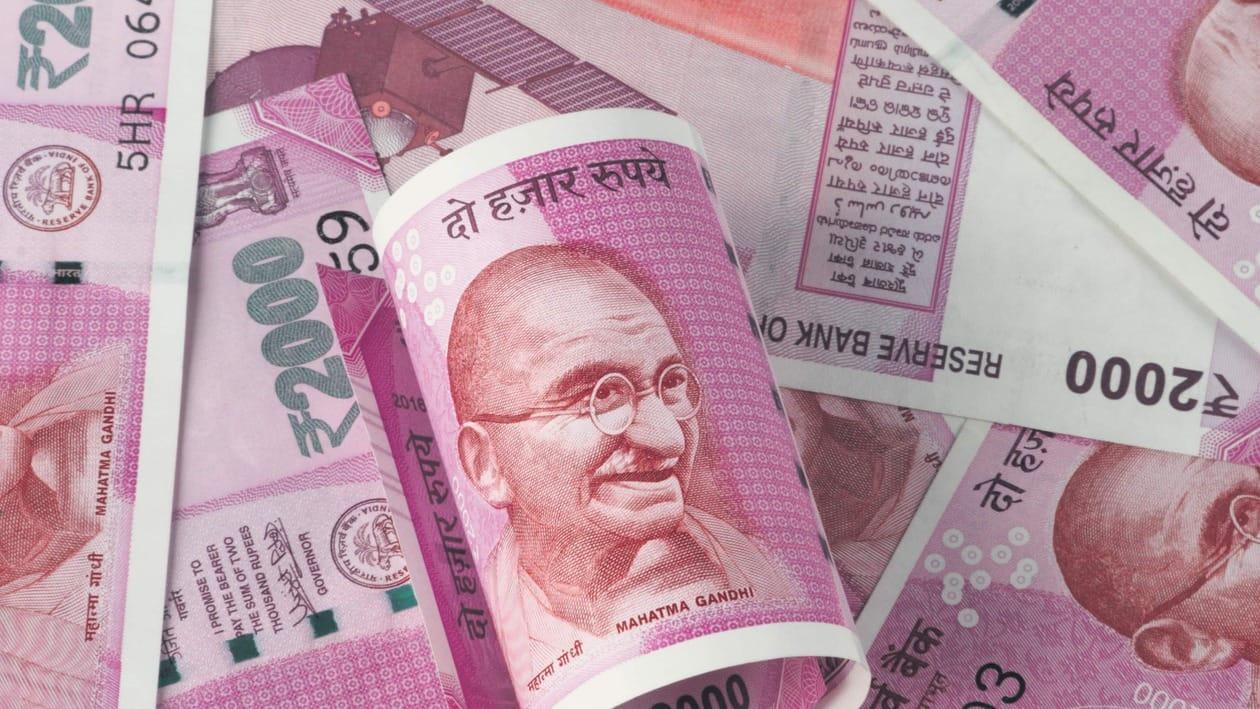(Reuters) - The Indian rupee's forward premiums could rise further after the recent intervention by the Reserve Bank of India through public sector banks lifted them from multi-year lows, analysts said.
The 1-year USD/INR implied yield was at 2.08% on Wednesday, hovering near its highest level in about a month. The yield is up about 45 basis points (bps) from its decade low hit on the day of policy outcome on Dec. 7.
The RBI looks comfortable with the current level of forward premiums, especially since it has lifted informal restrictions on banks for trading in the non-deliverable forward (NDF) market, said the treasury head of a private lender, who declined to be named.
Premiums are likely to stay elevated going forward, he said, adding that the RBI is getting comfortable with higher levels of premiums.
The low premiums (prior to RBI's policy decision date)reflected cash dollar shortage which is likely to get alleviated, RBI Deputy Governor Michael Patra said at a news conference after the monetary policy review.
The RBI has been conducting sell/buy swaps via public sector banks to lift premiums since the policy date, mostly in far forwards, according to traders.
Further, the central bank has removed restrictions on local banks to trade in the NDF market, helping push premiums higher.
"RBI permitting banks to resume offshore-onshore arbitrage resulted in forwards continuing to get paid," said Abhishek Goenka, chief executive of IFA Global. "Banks received NDF points and paid onshore," Goenka said.
The rise in premiums increases the cost of hedging for importers and makes it more attractive for exporters to hedge for the same level of spot, helping the RBI in managing the rupee.
The premiums were overly suppressed and now the bias is "slightly uppish," and this is good from the rupee point of view, said Sajal Gupta, head of forex and rates at Edelweiss Financial Securities.
An improvement in dollar liquidity, thanks to RBI's sell-buy swaps, is supporting higher premiums. The USD/INR overnight swap rate has increased to 0.45-0.50 paisa, after having dropped to 0.33-0.35 paisa earlier this month. The implied rupee yield on USD/INR overnight swap rate is on par with the domestic call money rate.
A sell/buy swap involves selling dollar for the spot date and buying them back at a premium at a fixed future date.
